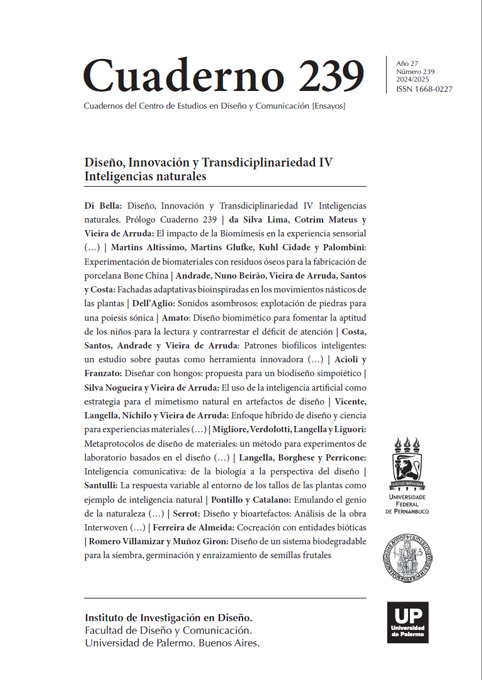The variable response to the environment of plant stems as an example of natural intelligence
Abstract
The stem of dicotyledonous plants is constituted by three approximately concentric structures, named as epidermis (or periderm), phloem, and xylem from the outside to the inside.
References
Abdelhady, A., Ibrahim, M., Mansour, H., El-Shafie, A., & Abd El Rahman, E. (2023). Physicomechanical properties of sugarcane stalks. Acta Technologica Agriculturae, 26(3), 142-151.
Atamian, H. S., Creux, N. M., Brown, R. I., Garner, A. G., Blackman, B. K., & Harmer, S. L.
(2016). Circadian regulation of sunflower heliotropism, floral orientation, and pollinator
visits. Science, 353(6299), 587-590.
Baar, J., Paschová, Z., Čermák, P., & Wimmer, R. (2019). Color changes of various wood
species in response to moisture. Wood and Fiber Science, 51(2), 119-131.
Baley, C., Goudenhooft, C., Gibaud, M., & Bourmaud, A. (2018). Flax stems: from a specific
architecture to an instructive model for bioinspired composite structures. Bioinspiration
& Biomimetics, 13(2), 026007.
Los autores/as que publiquen en esta revista ceden los derechos de autor y de publicación a "Cuadernos del Centro de Estudios de Diseño y Comunicación", Aceptando el registro de su trabajo bajo una licencia de atribución de Creative Commons, que permite a terceros utilizar lo publicado siempre que de el crédito pertinente a los autores y a esta revista.


